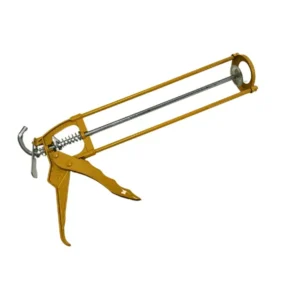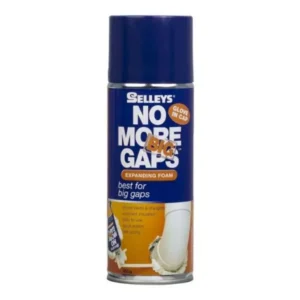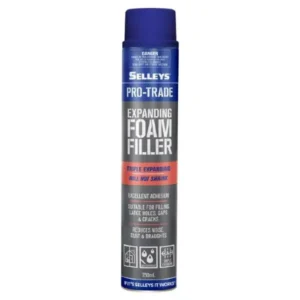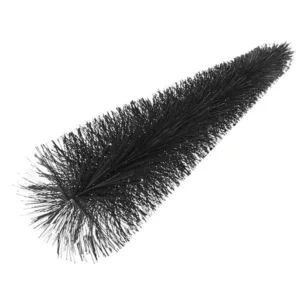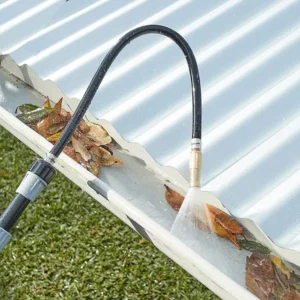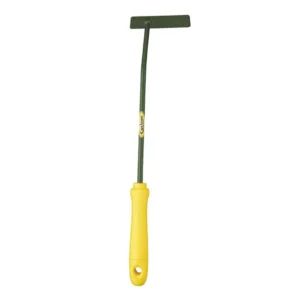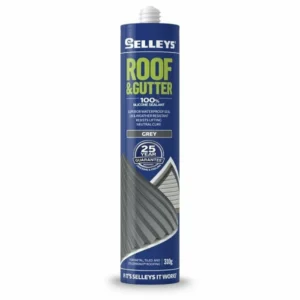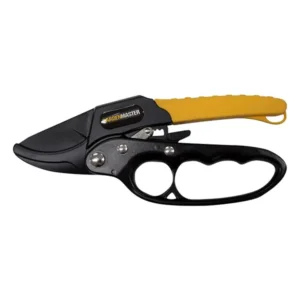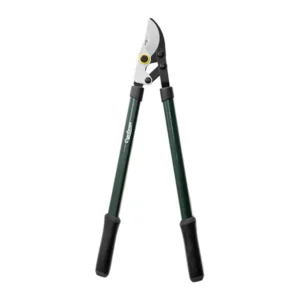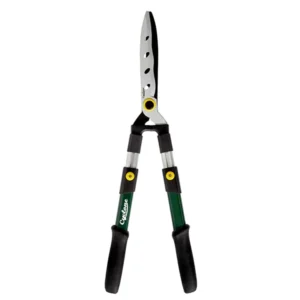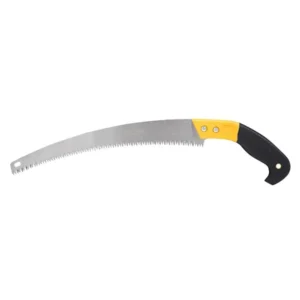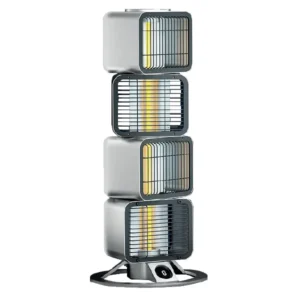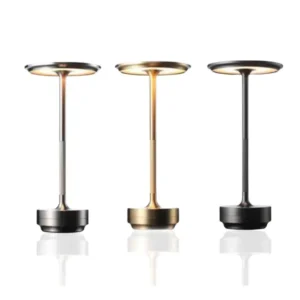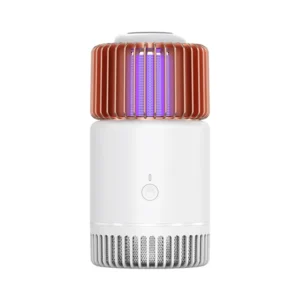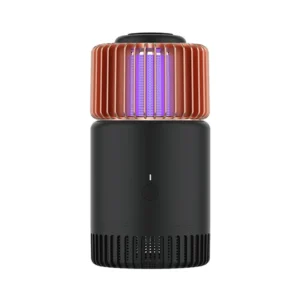As the leaves start to fall and the chill sets in across New South Wales, preparing your home becomes essential. Proper preparation can not only help keep your home comfortable, but it also reduces energy costs, and prevent potential damage. From inspecting and maintaining your heating system to sealing air leaks and insulating your home, we’ll cover all the key areas you need to focus on to make sure your home is ready to withstand the challenges of the colder weather. Let’s talk about these important jobs of home maintenance to get your home winter-ready in NSW.
1. Inspect and Maintain your Heating System
A well-functioning heating system is your first line of defence against the cold. This starts with a thorough HVAC check-up—ensuring your heating system is ready to provide warmth on demand without a hitch or hiccup.
Check and Replace Air Filters: Most heating systems have air filters that need to be checked and replaced regularly. A clean filter improves air quality and enhances the efficiency of the system. For most homes, replacing the filter every three months is adequate, but check it monthly during high-use periods and replace it if it appears dirty.
Test the Thermostat: Ensure that your thermostat is working correctly by setting it to heat mode and observing if it effectively starts the heating system. Consider upgrading to a programmable thermostat if you haven’t already, as this can help reduce energy usage by allowing you to set temperatures according to your schedule.
Inspect and Clean Heating Vents and Ducts: Check all vents and ductwork for blockages or leaks. Remove any furniture or rugs that might be blocking airflow. If your home has ductwork, consider having it professionally cleaned every few years to remove dust and debris that can hinder performance. Make sure nothing is blocking the exterior intake or exhaust vents. Good ventilation is critical for safe operation, especially for gas heaters, as it prevents carbon monoxide from accumulating inside the home.
Examine the Heating Unit: Visually inspect your heating unit for any signs of wear or damage. Check for any unusual noises or odours when the heater is running. If you hear anything unusual, such as banging, grinding, or squealing, it might be time to call a professional. If your system includes a boiler, check the pressure gauge to ensure it is within the recommended range.
For Gas Heating Systems
For Furnaces and Boilers
Clean the Burner and Heat Exchanger: Over time, the burner and heat exchanger can accumulate dust and debris, which can impede their efficiency. While your HVAC technician will likely handle this, it’s good to understand that a clean burner ensures optimal combustion, which is safer and more efficient.
Inspect the Ignition System: Additionally, faulty ignition systems can cause poor operation or failure to fire at all. Check that the ignition system is in good working order, which might involve inspecting the pilot light, if applicable, or ensuring that electronic ignition systems are functioning properly.
Check for Gas Leaks: This is an important safety check. Smell around the gas heater and connecting pipes for any unusual odours that might indicate a leak. Use a soap solution over the pipes and connections; the appearance of bubbles can indicate a leak. If you suspect a gas leak, shut off the gas supply and call a professional immediately.
Inspect the Burner Flames: The flame should be blue with possibly a small yellow tip. If it’s mostly yellow, or if it’s sooty and unstable, there could be a combustion problem that needs professional attention.
Check the Vent System and Flue Pipe: Look for blockages or leaks. Any disconnection or signs of rust can lead to dangerous emissions like carbon monoxide leaking into your home.
Lubricate Moving Parts: Some systems have motors and bearings that need lubrication. Doing this annually can help reduce friction and wear.
Check and Drain the Expansion Tank (boilers): This should be done annually to remove any sediment and maintain proper pressure in the system.
For Heat Pumps
For Radiant Heating
Check and Clean Coils: The evaporator and condenser coils can collect dirt and debris, reducing the system’s efficiency. Cleaning these coils regularly is important.
Inspect Ducts and Vents: Also, look for leaks in the ductwork where air might escape, which can significantly reduce your system’s efficiency.
Check the Refrigerant Level: Incorrect refrigerant levels can make your system less efficient and reduce its lifespan. This check should be done by a professional.
Inspect the Boiler Pressure and Temperature: Monitor the boiler gauge regularly to ensure the system is operating at the correct pressure and temperature.
Check for Leaks in Tubing: This applies especially to hydronic (water-based) systems, where leaking can occur. Look for visible signs of moisture or listen for the hissing of escaping air.
Regular maintenance can prevent costly repairs and ensure your system operates at peak performance when you need it most. For all types of heating systems, it’s advisable to have a professional technician perform an annual service checkup. This typically includes cleaning the system, checking for leaks, inspecting the flue and ventilation system, and ensuring all components are functioning correctly.
2. Seal Air Leaks and Insulate Your Home
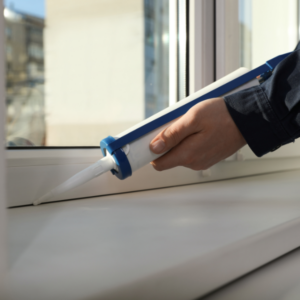
To maintain a warm and energy-efficient home during the NSW winter, sealing air leaks is crucial. Use caulk and weatherstripping to eliminate gaps around doors, windows, and other openings.
This simple step can prevent heat loss, reduce your heating bills, and block cold drafts from entering your home. Moreover, proper insulation is key to retaining warmth and minimizing energy consumption.
Check the insulation levels in your attic, walls, and crawl spaces, and consider adding more if necessary.
Additionally, by addressing air leaks and improving insulation, you’ll create a cozy and cost-effective living environment throughout the winter season.
Seal Air Leaks
Identify Leak Sources:
- Windows and Doors: Check for drafts around edges. Use a candle or smoke from incense to see if air is escaping or entering.
- Attic and Basement: These are common places where air can leak, especially around exposed joists and ductwork.
- Outlets and Switch Plates: Air can leak around these, especially on external walls.
- Vents and Fans: Check exhaust fans and vents for air leaks.
Apply Sealants:
- Stationary Cracks: Use caulk for stationary cracks and joints less than 1/4 inch wide.
- Movable Joints: Apply weatherstripping to movable joints on doors and windows.
- Larger Gaps: Fill larger gaps with expanding foam, ensuring you wear gloves and follow the manufacturer’s instructions for safety.
Insulating Your Home
Check Current Insulation:
Inspect your attic, walls, floors, and basement for existing insulation. Determine the type and R-value (resistance to heat flow). The higher the R-value, the better the insulation properties.
Areas to Insulate:
Attic: This is often the most cost-effective place to add insulation. Consider adding loose-fill or batts (pre-cut sections of fiberglass or rock wool insulation) to meet or exceed local building codes for R-value.
Walls: Adding insulation to walls can be more challenging, particularly if the wall cavity is closed. Blown-in cellulose insulation is a common solution for existing walls.
Floors and Basements: Insulate floors above unheated garages, crawl spaces, or basements to keep floor temperatures comfortable. Use foam board or batt insulation under floors and along the edges of crawl spaces.
Choose the Right Insulation:
Fiberglass: Widely used, available in batts and rolls, suitable for DIY projects but requires protection (mask, goggles, gloves) due to irritant fibers.
Cellulose: Made from recycled paper products and treated for fire resistance, often blown into attics and wall cavities.
Foam Board: Excellent for insulating exterior walls, basements, and under floors. It provides a high R-value per inch.
Professional Installation:
For complex projects, especially when adding insulation to existing walls or installing spray foam, consider hiring a professional. They can ensure proper installation for maximum effectiveness and safety.
Additional Tips
Consider getting a professional energy audit to identify all air leak and insulation issues throughout your home. Ensure your home is properly ventilated, particularly if you seal it tightly. Balanced ventilation helps control moisture and air quality.
3. Clean and maintain Chimneys and Fireplaces
Before cleaning, inspect the chimney for any structural issues, blockages, or significant accumulations of creosote. Use a flashlight to look up into the chimney from the fireplace. Removing creosote when it’s still in its flaky, soot-like stage is the easiest and safest way to maintain your chimney.
As it helps prevent the build-up from becoming more dangerous and harder to clean. Also, if possible and safe, check the top of the chimney to ensure it’s free of obstructions and excessive creosote buildup. This step may be best left to a professional if roof access is difficult or dangerous.
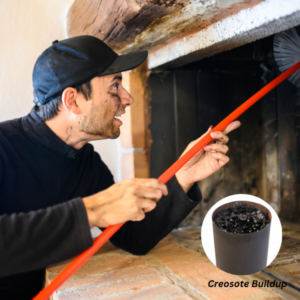
Once the chimney is scrubbed, sweep or vacuum up all debris that has fallen into the fireplace. Dispose of the debris and soot in accordance with local regulations. Even with thorough cleaning, it’s a good idea to have your chimney inspected by a professional annually. They can check for issues that are not obvious to the untrained eye, such as cracks in the flue liner or hidden blockages.
4. Protect Outdoor Faucets, Pipes, and Water Heater
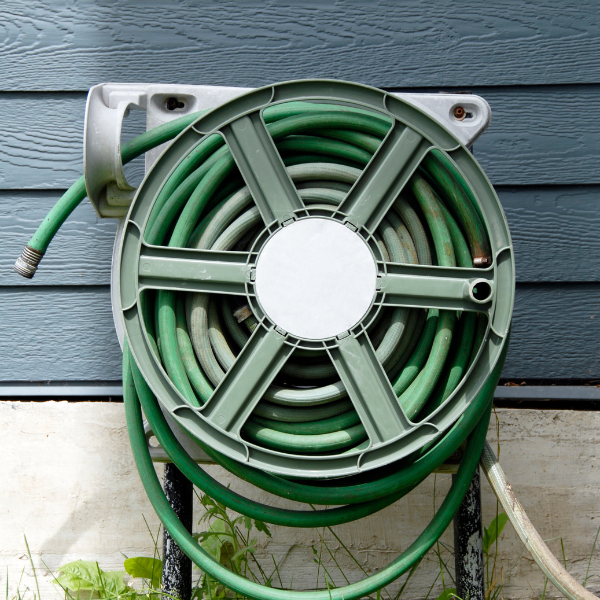
5. Clear Gutters and Downspouts
Begin by removing any leaves, twigs, and debris from the gutters and downspouts. This can be done using a ladder, gloves, and a small hand tool to scoop out debris. After removing the bulk of the material, flush the gutters and downspouts with water from a garden hose to ensure they are clear and water can flow freely. This is crucial to prevent water buildup that can lead to ice dams or the water spilling over and damaging your property’s foundation and structure. Regularly checking and cleaning your gutters before and throughout the winter season can prevent these issues.
6. Inspect and Maintain Your Roof
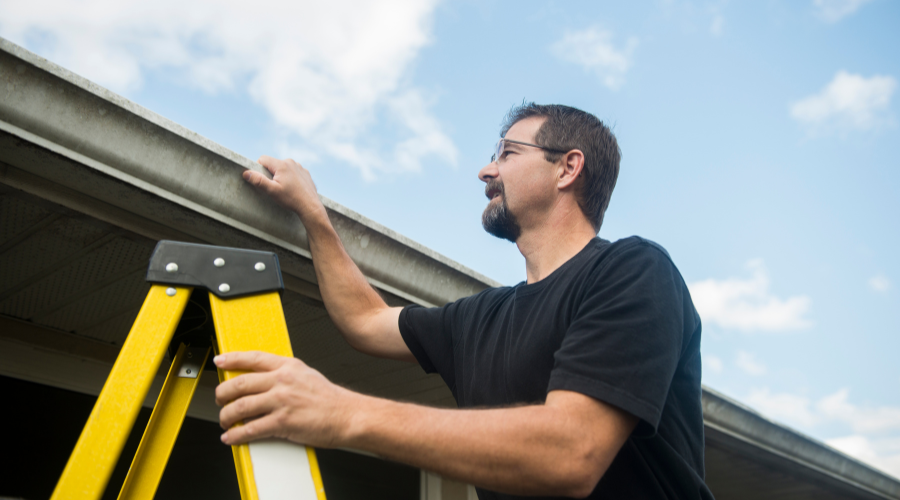
Start your roof inspection by looking for loose, missing, or damaged shingles or tiles that may allow water to penetrate and cause damage. Use a ladder to access your roof, if safe, or use binoculars from the ground. Pay special attention to any cracked or buckling shingles. Also, check for damaged or missing flashing around vents, chimneys, and skylights, as these are common areas for leaks.
Look inside your attic or under the roof during the day to check for signs of daylight coming through. This could indicate holes or cracks that need to be addressed. Also, look for any signs of water staining or mold, which could suggest past or ongoing leaks.
Check for the presence of moss, algae, or fungus, which can damage roof materials over time. If you notice any growth, gently remove it with a soft brush or consider hiring a professional to treat your roof with appropriate products that inhibit further growth.
If you find any issues, repair or replace the shingles or flashing as needed. For extensive damage or if you are unsure about doing the repairs yourself, consider hiring a professional roofing contractor.
7. Prepare Your Yard and Landscaping
As winter approaches in New South Wales, it’s crucial to prepare your yard and landscape for the colder months. Start by pruning trees and shrubs to remove dead or diseased branches, which helps prevent damage during winter storms and encourages healthy growth in spring. Use proper pruning tools and ensure safety by wearing protective gear.
For outdoor furniture and gardening tools, extend their life and keep them in good condition by storing them in a shed or garage. If you don’t have indoor storage options, cover them with waterproof covers to protect them from the weather. This will prevent rusting, fading, and damage from freezing and thawing.
Then, give your lawn a final mow and apply a winter fertilizer high in potassium to strengthen it against frost and disease.
Additionally, apply a thick layer of mulch around plants to insulate the soil and protect roots from frost, while maintaining moisture levels. For sensitive plants, wrap them with burlap or frost cloth to shield them from cold winds.
If your area experiences mild winters, consider planting winter crops like spinach and onions, which can thrive in cooler temperatures. Lastly, adjust your watering schedule as plants need less water during the cooler months, preventing issues like root rot.
Conclusion
Taking the time to prepare your home for winter in NSW can lead to a safer, warmer, and more energy-efficient season. Follow these essential steps to ensure your home stands strong against the winter elements, allowing you to enjoy the season with peace of mind. So, let’s welcome the winter with homes that are as prepared and inviting as the season itself. It’s the perfect time to nestle in, knowing our homes are well-cared for and ready to provide the warm, secure embrace we all seek during the beautiful winter months in NSW.





